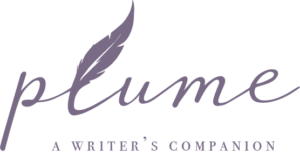What Exactly is Creative Nonfiction?
When I was an undergraduate at UNM, I took Intermediate Creative Nonfiction, a class that should have branched out into various forms of nonfiction, but instead stuck solely to memoir and the personal essay. This does not mean I am not in favor of the memoir; it is the genre that holds every ounce of humanity, validity, and originality of our experiences. But when I broke the tradition by writing a piece on social Movements & organizations, the workshop was not very successful. Because writing students often apply the elements of fiction: plot, setting, characters, point of view, theme, conflict, revision suggestions were unclear because those elements are not always applicable. They appreciated the content but couldn’t offer me helpful critical revision suggestions. While it’s encouraged by college professors and writers of a community to pen a jaw-dropping memoir, there are some variants of creative nonfiction we have yet to explore.
Creative Nonfiction is a fun, free way to write about places, people, pop culture, and every bit of happy and sad.
The 100 Most Jewish Foods cookbook I spotted after a night of closing and read about the Jews admiration for Chinese food and then laughed at the pure honesty is nonfiction.

The map, the man at my store purchased the other day because he finally felt it was time to visit his family, is nonfiction.
This piece is nonfiction. Writing for information, to persuade, to tell a story.
Here are a few more examples of nonfiction:
- The GED Prep Book
- Any of Lydia Bastianich’s recipes
- A book, film, or show review
- Press releases
- Your medical textbook
- Literary Journalism
- Photo essays
- Natalie Goldberg’s “The True Secret of Writing”
- An academic paper
- Food / Restaurant reviews
The real question should be what is NOT creative nonfiction?
The other day a customer walked into Barnes & Noble and asks, “where’s your nonfiction?”
My eyes glanced around the store, hoping she’d catch on and answer her own question. I said, “see these four isles labeled fiction? Imagine we got rid of them.”
EDITOR’S NOTE: Author Pam Houston has been quoted as saying that her fiction is 85% true and her nonfiction (memoir) is 85% true


